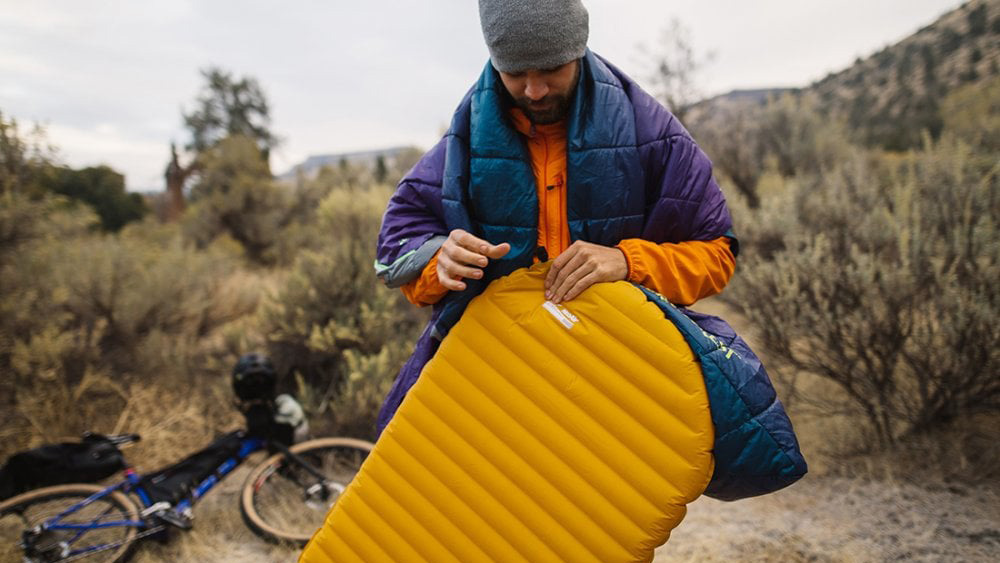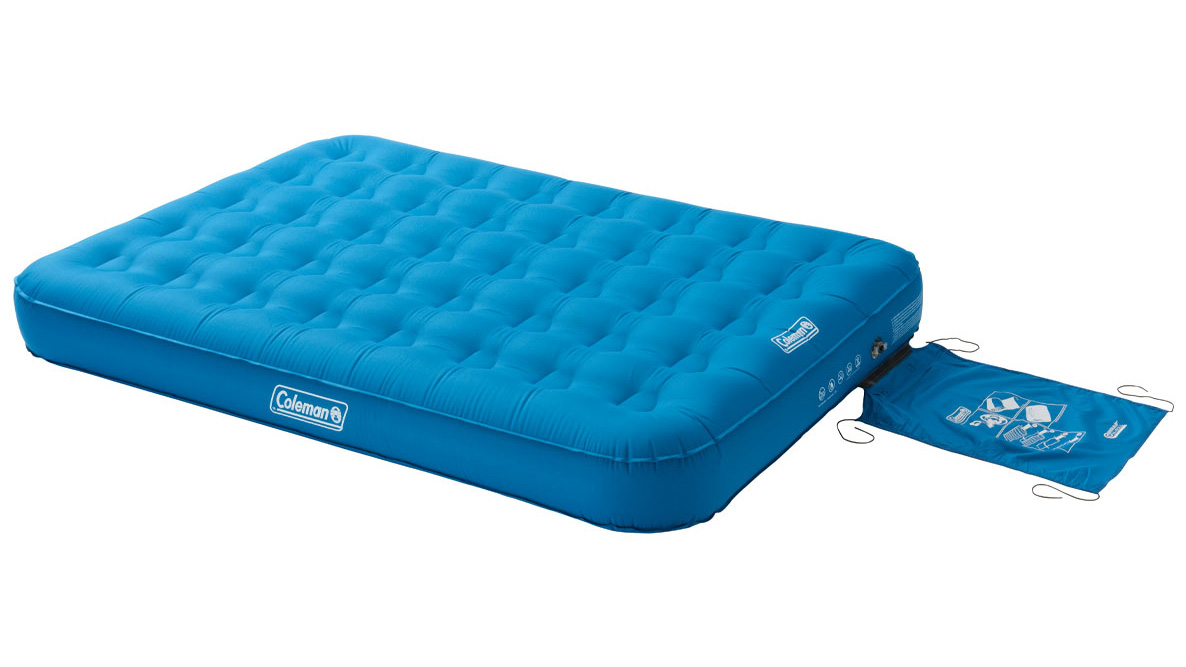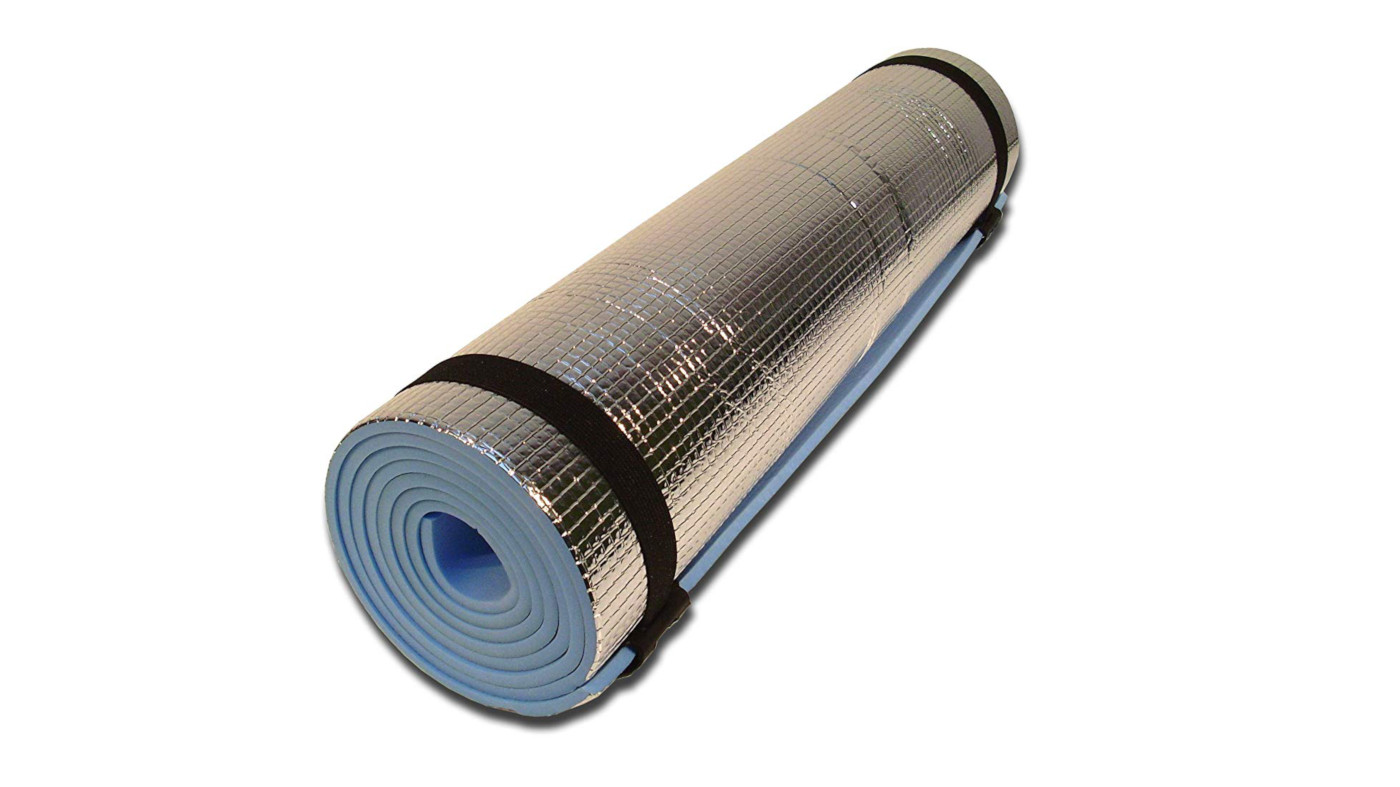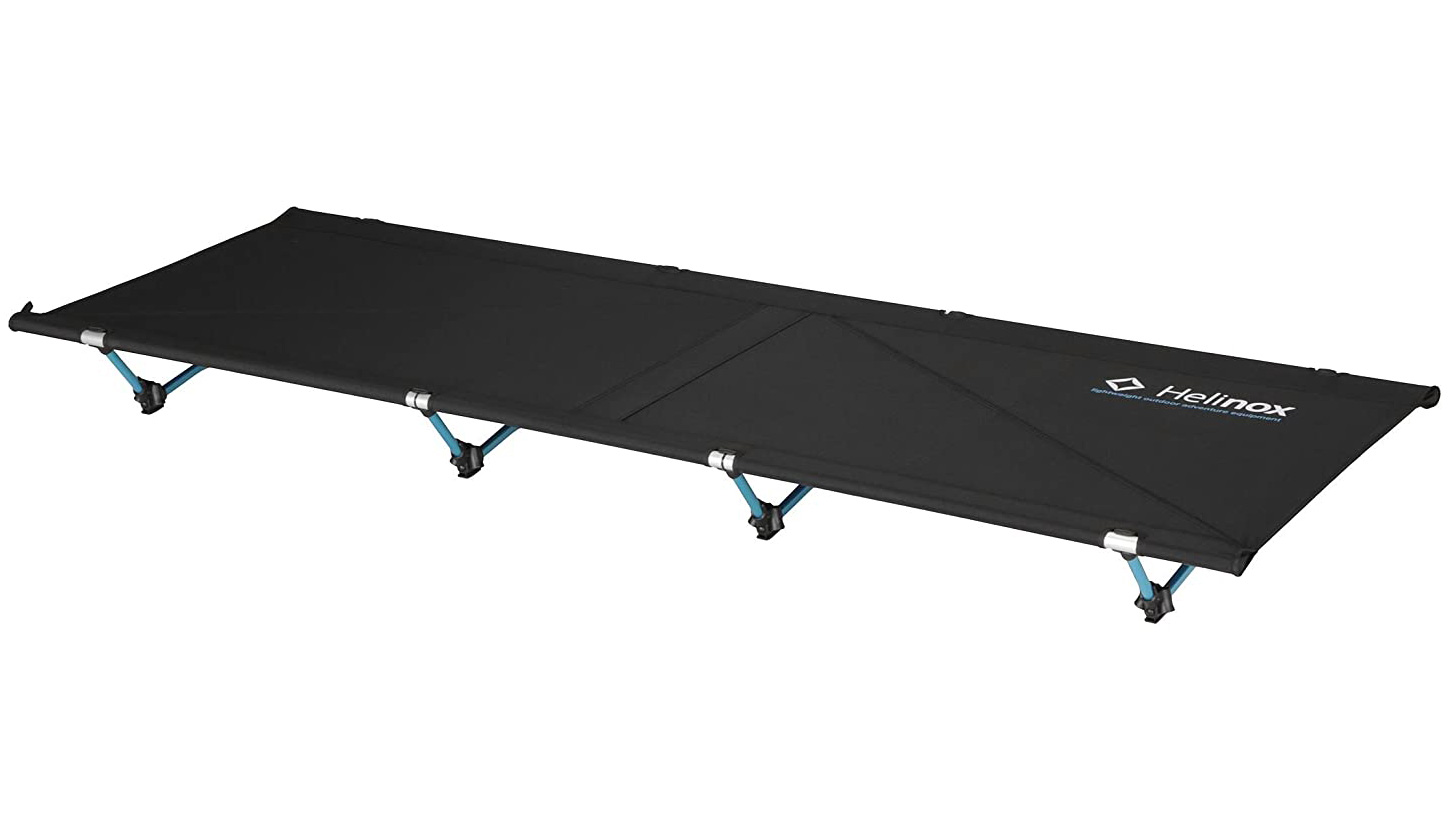

Outdoor gear can be confusing, and nowhere is this more obvious than in sleeping equipment. Will an airbed, a camp bed or a sleeping mat provide the best comfort and ease during your camping trip?
Tog ratings, comfort ratings, R-values and weights can very quickly blur together into a big mess – but panic not, we're here to explain the differences between the most common sleeping stuff – airbeds vs camp beds vs sleeping mats – plus when and where to use them. Once you've made your decision, head to our roundups of the best camping beds and the best camping mats for a selection of recommendations for different budgets.
- Complete your sleeping kit with one of the best sleeping bags
- ... or one of the best lightweight sleeping bags, for backpackers
When should you pack an airbed?
Pros: Comfortable, full-sized
Cons: Heavy, prone to deflation, require lots of space
The airbed is a surprisingly ponderous beast, in spite of its inflatable nature. Essentially an inflatable mattress, the airbed creates a pretty decent home-from-home sleeping experience. Some brands allow you to link multiple single mattresses together, others offer double and single options, as well as a variety of inflation methods. These can include car-based electric compressors, old-school foot pumps, and double-action pumps that can also inflate SUPs.

Coleman Extra Durable Airbed Double
A key benefit of the airbed is one of the less obvious: height. The extra depth of an airbed (compared to a thinner camping mat) makes it much easier to get into and out of – especially if you go the whole hog and deploy an inflatable mattress base such as the Decathlon Quechua Inflatable Camp Bed Base. This extra height will also keep sleepers warmer on cold nights, as well as help keep bedding or sleeping bags off the ground.
On the downside, airbeds (and the pump you'll need for them) are bulky even when deflated, heavy, and once inflated require quite a bit of space. Most good air beds will come with a puncture kit, highlighting the potential problem if treated too casually – sharp stones and valve damage will leave you bed-less, an unpleasant proposition. Although the better brands of air bed or air mattress will last for many years, they will eventually develop a leak, something that the more rugged camp bed won't do.
Get all the latest news, reviews, deals and buying guides on gorgeous tech, home and active products from the T3 experts
Overall, the single / double airbed is best used for car-camping trips with a substantial family-style tent, where they'll provide years of good service and sleeping comfort. You'll find plenty of options in our best camping bed guide.
When should you pack a sleeping mat?
Pros: Lightweight, packable, wide range of price points
Cons: Inflatable mats can puncture, sleeping space is often traded for weight
The sleeping mat segment covers a lot of ground indeed. From basic closed-cell foam strips, all the way through self-inflating mats to lightweight airbeds in all but name, there's a bewildering range on the market, all neatly tailored to different niches and use cases. Even at the most basic closed cell end of the market there are foil coverings to reflect more heat, and ingenious folding mechanisms to reduce packsize.

The Thermarest NeoAir XLite is an inflatable sleeping mat
Sleeping mats come in all shapes and sizes, from standard rectangles to more mummy-shaped designs, and a range of lengths, so it's worth considering what suits you best in terms of comfort vs weight and packability. Another key decision-point when buying a sleeping mat – in addition to weight and packability – will be the R-Value. This essentially gives an easy indication of how well a mat will insulate you from the ground, with a higher R-Value giving more protection and thus being a better bet for winter adventures.

The Yellowstone Insulated Foam Mat is a foam version
For many, a crucial consideration will be durability – if you're of a slightly hamfisted persuasion, or are travelling with others that are – then the very latest in inflatable mats may not be the best choice as they can puncture easily. Cheaper closed cell foam mats are a great starting point as they're impervious to cuts, crampon stomps or misplaced camping knives. However, the better inflatable sleeping mats (such as the Sea To Summit Ether Light XT Extreme sleeping mat) tend to have higher R-Values – essential for cold conditions – and many use ingenious tactics to save weight, such as using the stuff sack as a pump.
The simple fact is that if you're hiking or trekking from place to place or to a more remote campsite/wild camp, carrying your sleeping gear with you, the sleeping mat is your go-to – light, warm, relatively comfortable and as packable as you need it to be. These truly are beds you won't mind carrying on your back all day. Head to our best sleeping mat guide for more info and recommendations.
When should you pack a camp bed?
Pros: Sturdy, reliable sleeping platform
Cons: Heavier than a camping mat, bulky to transport
The camp bed has had something of a resurgence, thanks to improved materials and clever designs. The basic camp bed is a lightweight metal frame with fabric stretched across it, making a relatively comfortable, raised sleeping area. Quick to put up, sturdy and relatively lightweight, the camp bed is the professional travellers choice where carry weight isn't the primary concern. Another core benefit of the camping bed is it's standalone nature – no pumps to lose, forget or break, and very little possibility of damage in transit makes them ideal for more far-flung and rugged escapades.

Helinox Max Cot camping bed
As with the airbed, the raised camp bed is much easier to get in and out of, as well as being well above the tent floor – useful for avoiding insect and reptile life in more tropical climes, and better for warmth when temperatures tumble. Unlike the inflatable mattress too, there's storage space underneath the legs of a camp bed, making it an effective use of space – even if you do inevitably need a taller style of tent to provide enough headroom.
Expeditions and base camps are a favourite environment for the camp bed, but car campers and family holidays also gravitate towards camp beds due to their durability and almost-unlimited lifespan. Lower-profile versions can weigh in at just over a kilo, making them a great portability midpoint between airbeds and sleeping mats.
Airbeds vs camp beds vs sleep mats: the bottom line
In summary, the airbed vs camp bed vs sleep mat debate rests firmly on personal choice, and where you plan to use them. While buying the best you can is always a top tip for outdoor gear, it's especially important for all three of these categories – high quality versions will last for years, and in the case of camp beds for decades. Choose wisely, and sleep well!

Mark Mayne has been covering tech, gadgets and outdoor innovation for longer than he can remember. A keen climber, mountaineer and scuba diver, he is also a dedicated weather enthusiast and flapjack consumption expert.